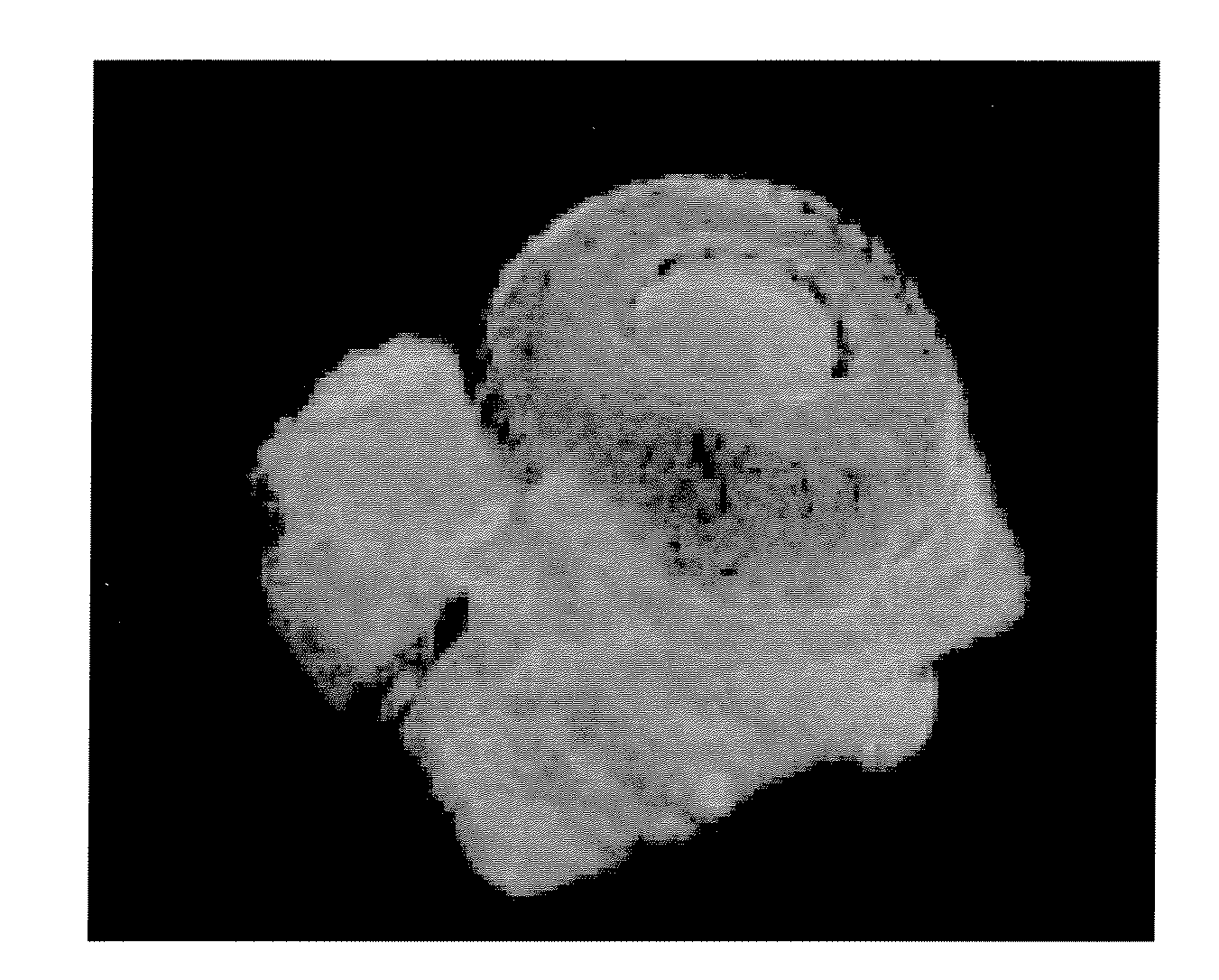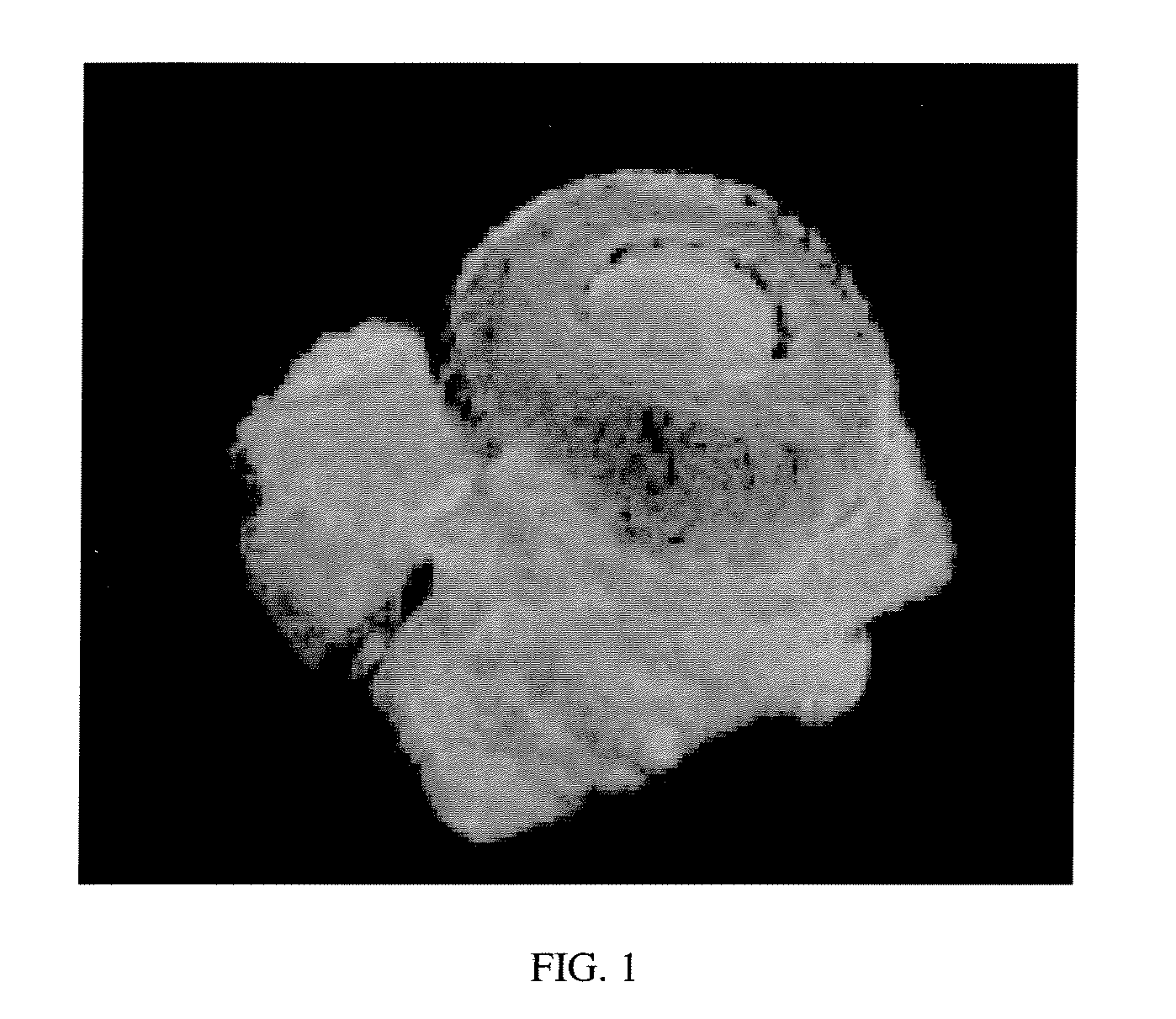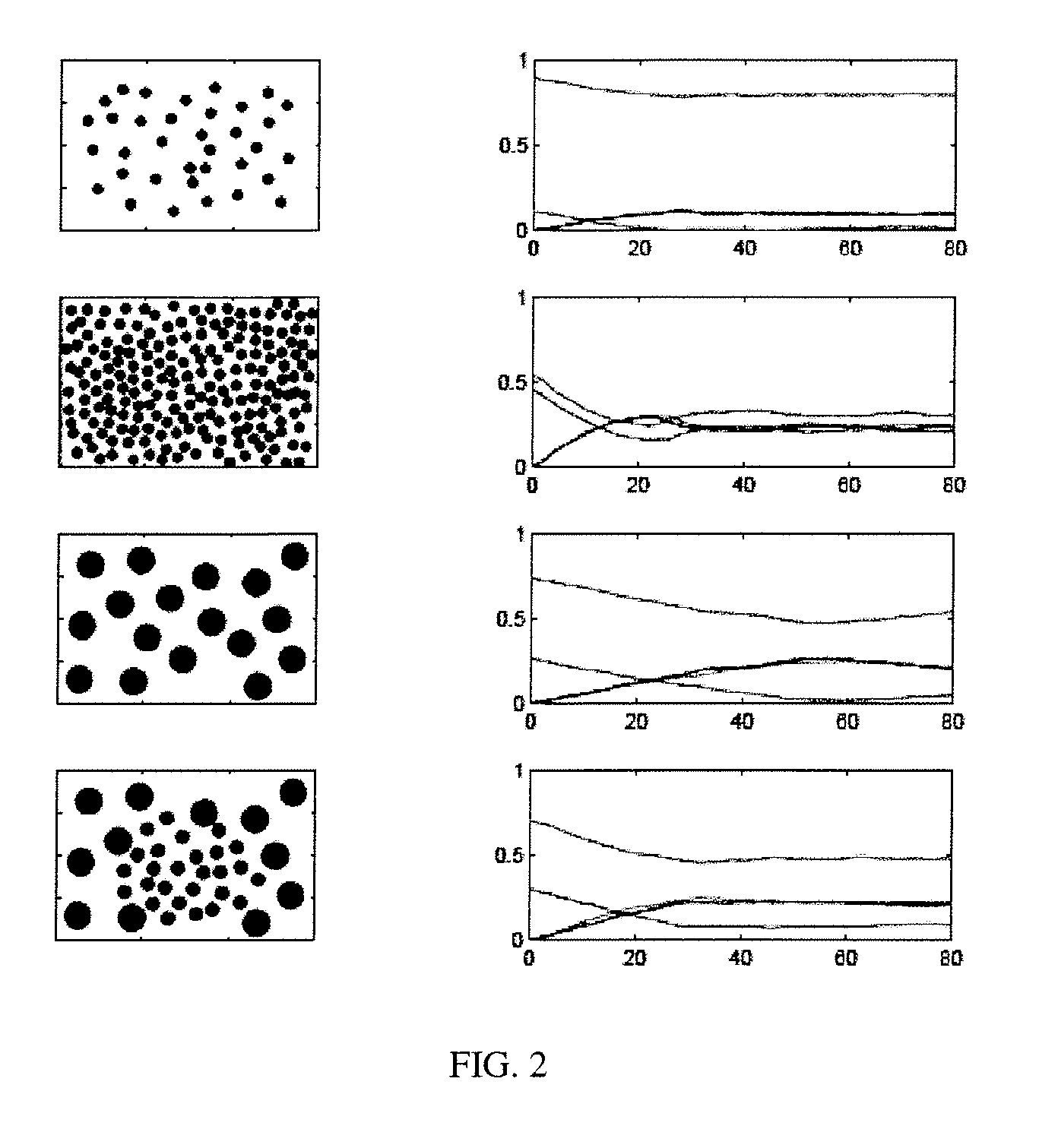Methods and systems for automated segmentation of dense cell populations
- Summary
- Abstract
- Description
- Claims
- Application Information
AI Technical Summary
Benefits of technology
Problems solved by technology
Method used
Image
Examples
Embodiment Construction
[0021]The system and methods have broad biological applications including but not limited to cell screening and pharmaceutical testing. One or more of the embodiments of the systems and methods automatically identify cell populations within one or more cell clusters and one more embodiments automatically segment each cluster into individual cells and subcellular structures using multi-channel image data. The system and methods further enable the automatic analysis of multidimensional, densely packed, cell populations. The information gathered from these images using the system and methods may be further used to take, and analyze, biologically relevant measurements of the cell populations and their cellular components. These measurements may include, but are not limited to, the statistical distribution of cell centers across the dataset, morphometric measurements, and the uptake and translocation of biomarkers from one or more subcellular regions to another subcellular region. These ...
PUM
 Login to View More
Login to View More Abstract
Description
Claims
Application Information
 Login to View More
Login to View More - R&D
- Intellectual Property
- Life Sciences
- Materials
- Tech Scout
- Unparalleled Data Quality
- Higher Quality Content
- 60% Fewer Hallucinations
Browse by: Latest US Patents, China's latest patents, Technical Efficacy Thesaurus, Application Domain, Technology Topic, Popular Technical Reports.
© 2025 PatSnap. All rights reserved.Legal|Privacy policy|Modern Slavery Act Transparency Statement|Sitemap|About US| Contact US: help@patsnap.com



